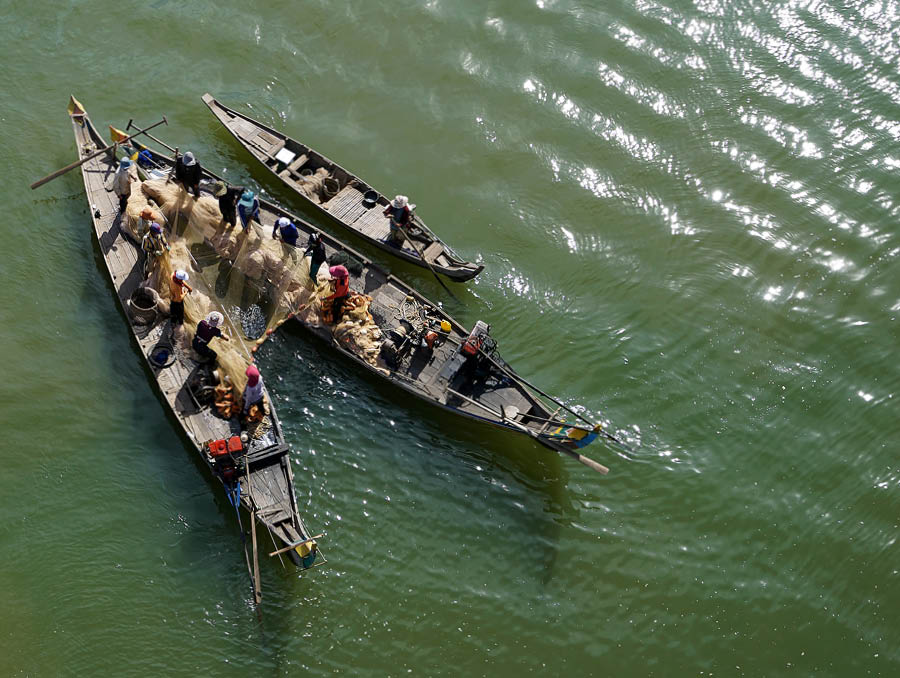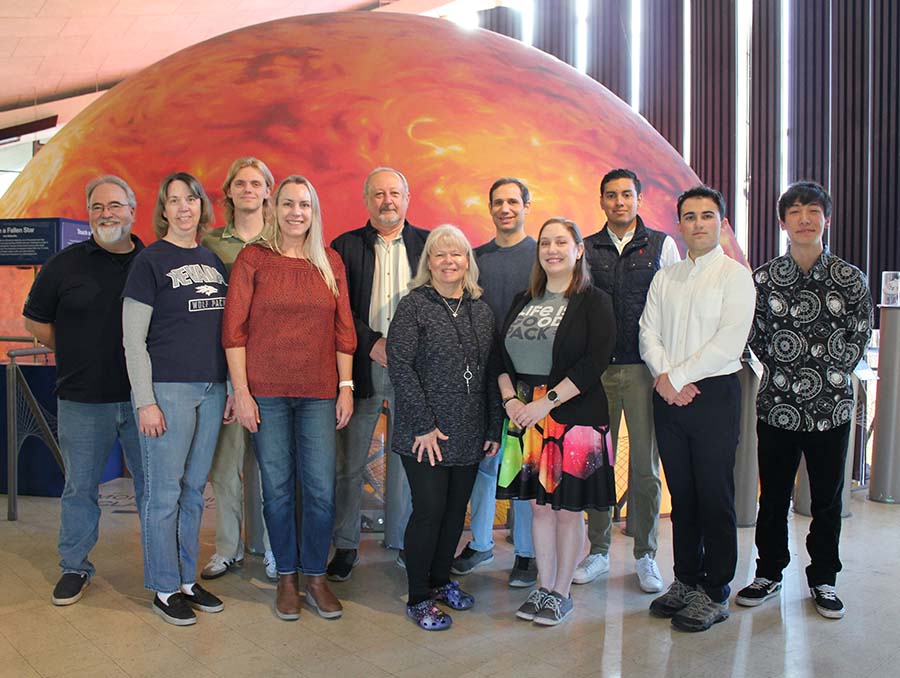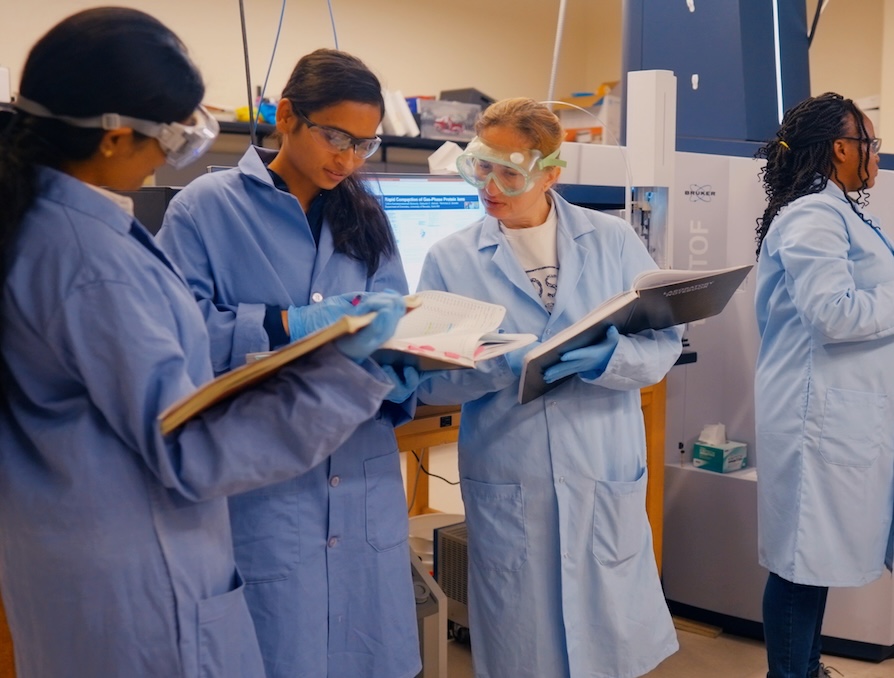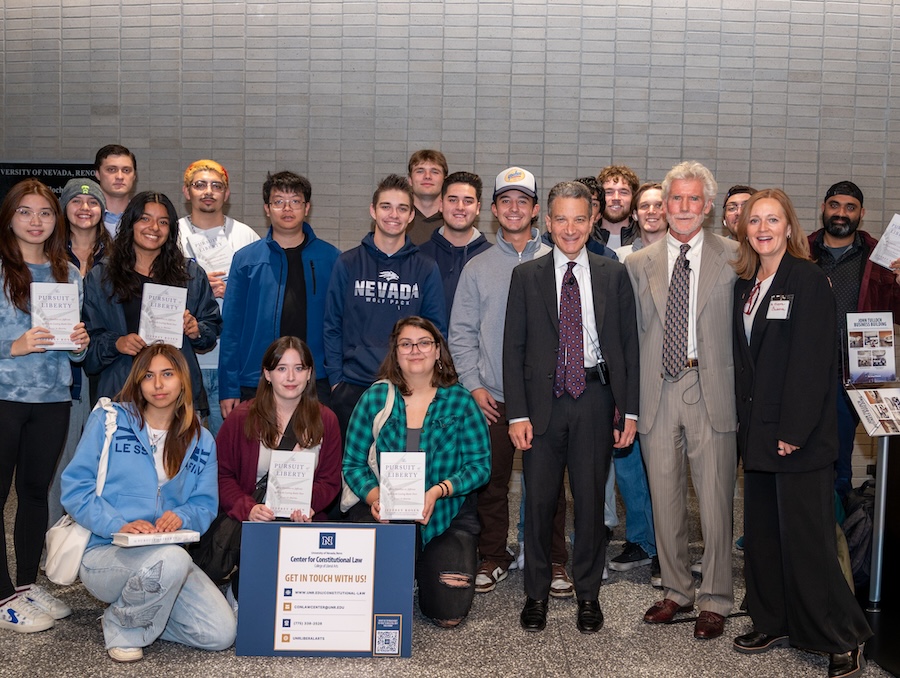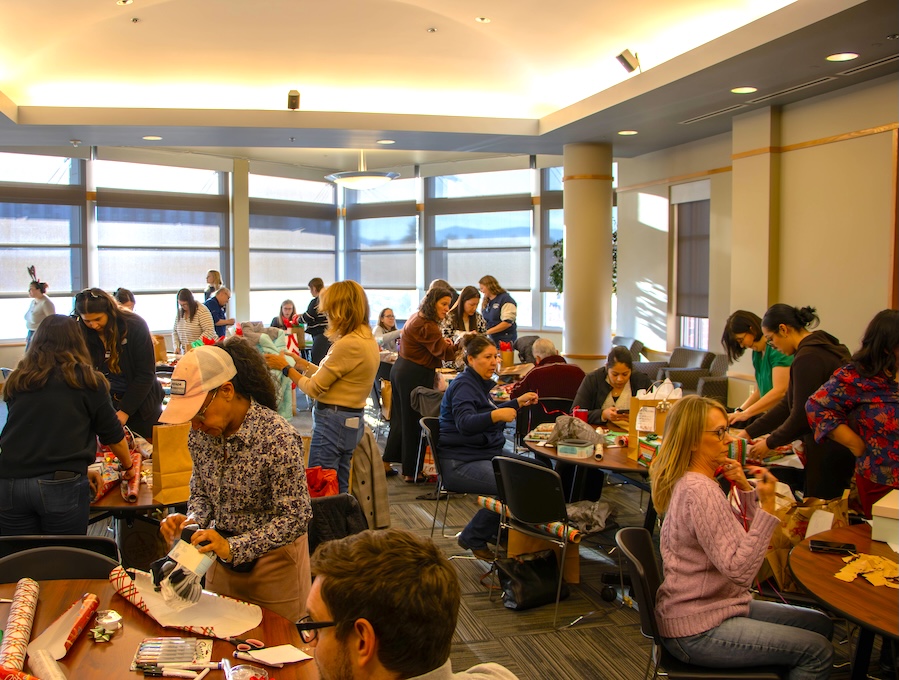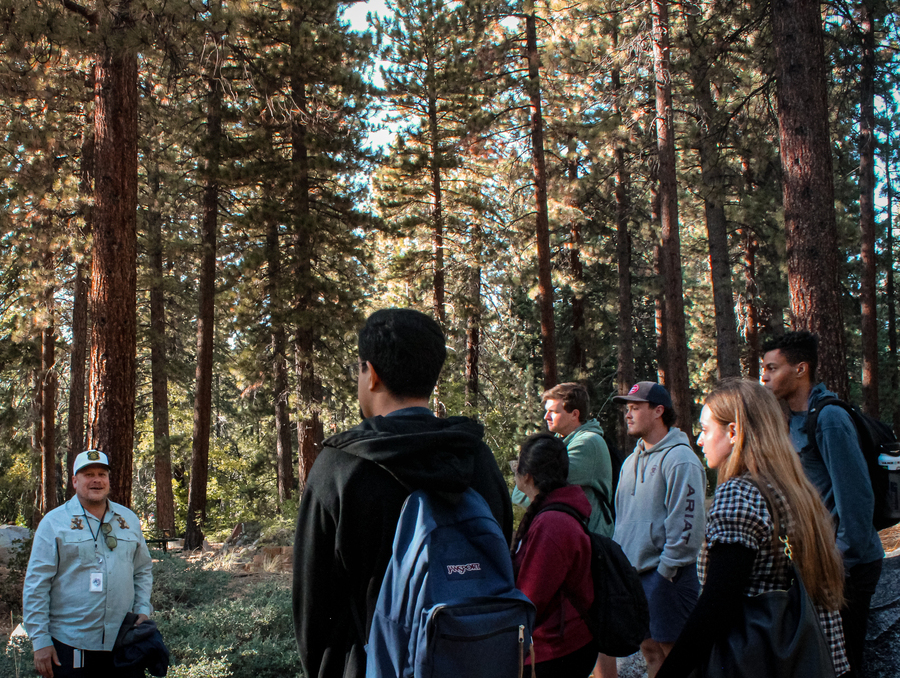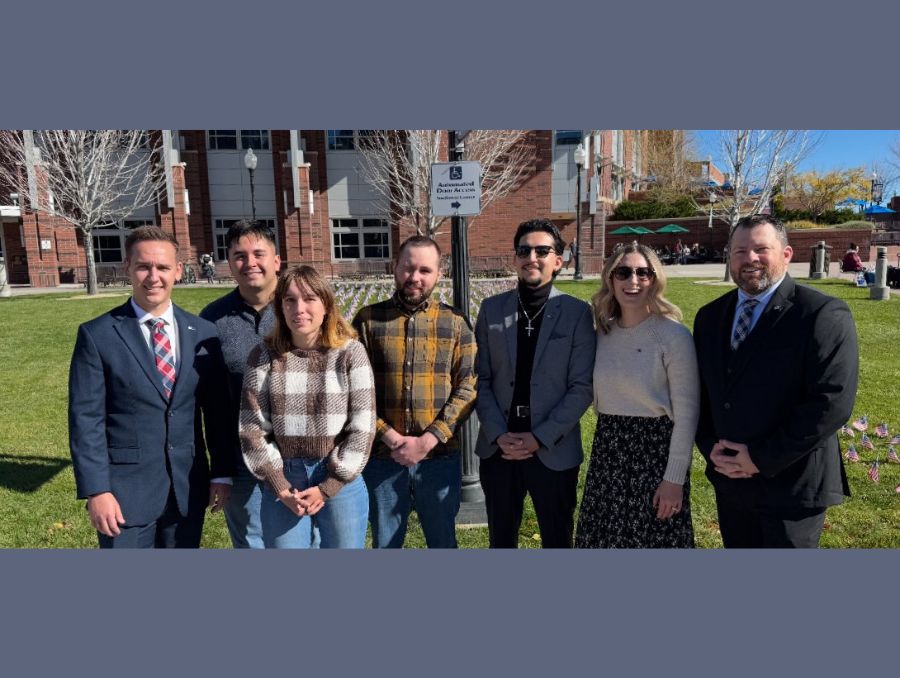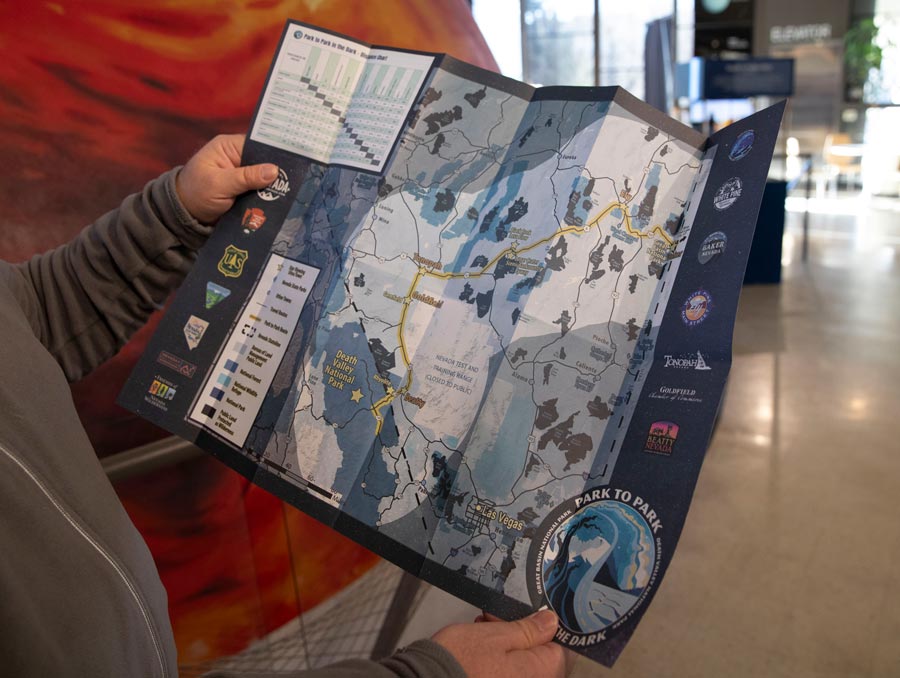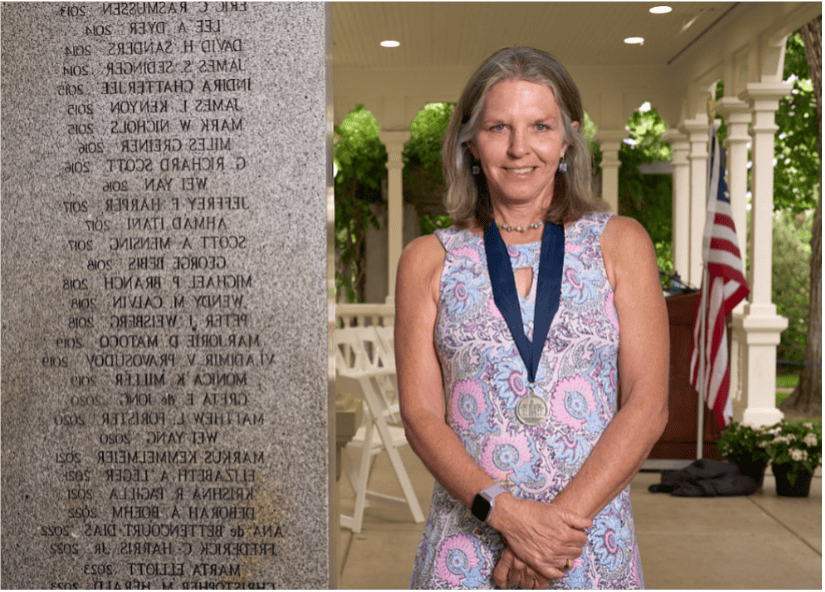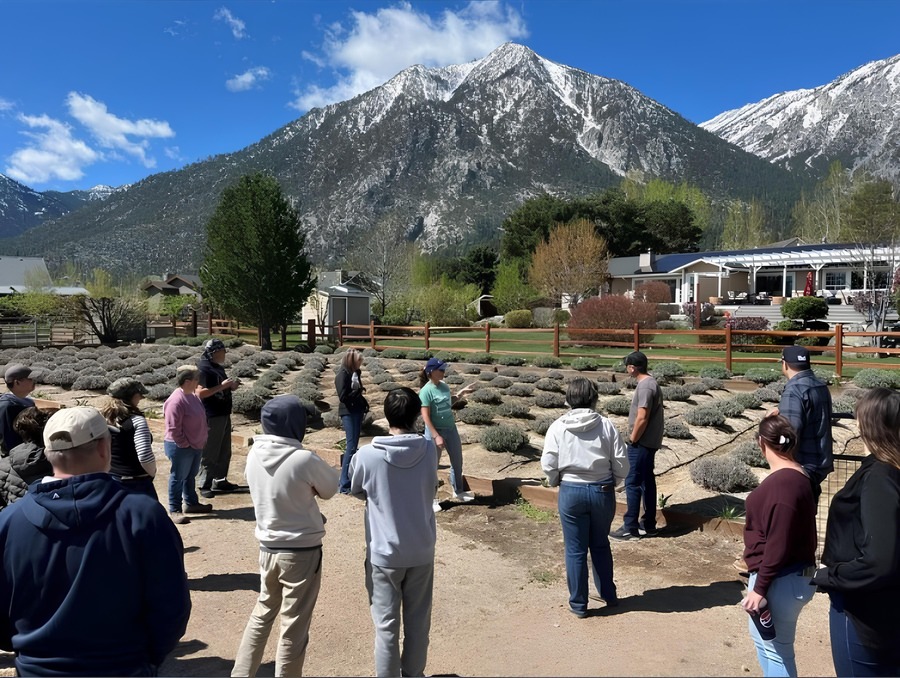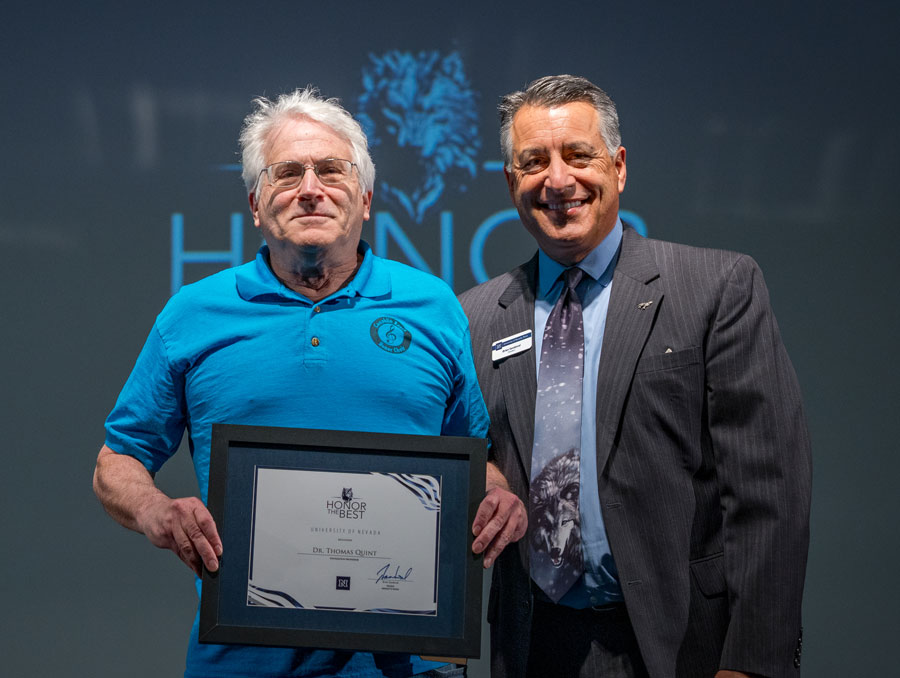Nevada’s rivers and lakes are more than lines on a map or conduits for water. They are economic engines, natural infrastructure, and cultural touchstones whose full benefits rarely appear in budgets or policy. Next week, the University of Nevada, Reno will host a workshop at its Lake Tahoe campus to develop a global blueprint for public engagement and policy by advancing how societies measure and account for freshwater natural capital.
Organized with the University of California, Santa Barbara and hosted by the new University of Nevada, Reno Tahoe Institute for Global Sustainability, the workshop brings together scientists, economists, community leaders, policy experts, and Indigenous scholars. By linking Nevada’s experience to worldwide needs, University and partners aim to provide decision-makers with credible, comparable information to guide smarter choices for rivers everywhere.
“From Lake Tahoe to the Mekong, the same truth holds: when we understand and accurately account for what rivers provide, we make smarter choices,” said Zeb Hogan, Ph.D., University of Nevada, Reno research biologist and co-lead of the initiative. “Comprehensive accounting can protect not only water and fisheries, but also cultural heritage, economies and biodiversity for local communities.”
Why natural capital matters
Natural capital refers to the stock of natural assets—such as water, fisheries, wetlands, and the processes that sustain them—and the flows of benefits (ecosystem services) they generate. In Nevada, these benefits are large and diverse:
- Lake Tahoe anchors a roughly $20 billion annual economy, with its iconic status and famed clarity strengthening its global brand and supporting local businesses.
- The Truckee River provides about 85% of Reno–Sparks’ water supply.
- The Walker River Basin is home to a nationally recognized restoration effort that has invested over $100 million in water rights to revive Walker Lake through community collaborations.
- The Colorado River, Nevada’s main source of water for its largest city, supports an estimated $1.4 trillion in economic activity basin-wide and sustains millions of acres of farmland and recreation economies.
Despite these benefits, rivers are often undervalued because many services such as sediment that builds deltas, flood mitigation, cultural identity are diffuse, intertwined and harder to measure than direct market goods. Undervaluation can erode long-term prosperity and push costly restoration into the future.
“This workshop exemplifies what the Tahoe Institute for Global Sustainability is about,” said Sudeep Chandra, Ph.D., faculty with the Institute. “We start with our local environment, one of the world’s most iconic freshwater systems, and connect it to global challenges. Nevada and Tahoe can help lead solutions that benefit people and nature everywhere.”
From Nevada to the world
The University’s co-led collaboration will build on local examples to inform valuation approaches for some of the world’s largest and most important rivers, including the Mekong River Basin - a river of immense global value, home to over 70 million people and supporting the largest inland fishery on Earth, a super-productive delta that is a global rice bowl, millions of tons of aquaculture, and deep cultural and historical connections from Angkor Wat to the seasonal flood pulse. Known as the “Mother Mekong,” it sustains millions of livelihoods, harbors iconic megafauna, anchors major population centers, and serves as a regional trade hub. Using shared metrics that integrate monetary, ecological, and cultural indicators, participants will develop globally adaptable methods to give decision-makers credible numbers that capture total value and value-at-risk, ensuring that trade-offs between energy, food, water, and biodiversity are made with a full understanding of what’s at stake, and highlighting the high return on investment if the river is protected.
A call for smarter choices
Valuing natural capital changes outcomes. Valuing natural capital can unlock major economic, social, and environmental benefits, helping governments and communities save billions, strengthen policies, boost conservation, and protect ecosystems by recognizing their full worth in services like clean water, storm protection, tourism, and cultural heritage. Ignoring value brings steep losses: in Thailand, replacing mangroves with shrimp ponds erased vital protection, fisheries, and carbon storage; the Yangtze’s baiji dolphin vanished after its worth went uncounted; the Aral Sea collapsed with its fisheries, climate regulation, and livelihoods; and in the Mekong, undervaluing the world’s largest inland fishery and migration corridors threatens food security for millions.
"Natural capital valuation is not just an economic exercise, it’s a tool for better governance and a way to bridge the gap between science, policy, and community values," said Rafael Schmitt, Ph.D. from the University of California at Santa Barbara.
